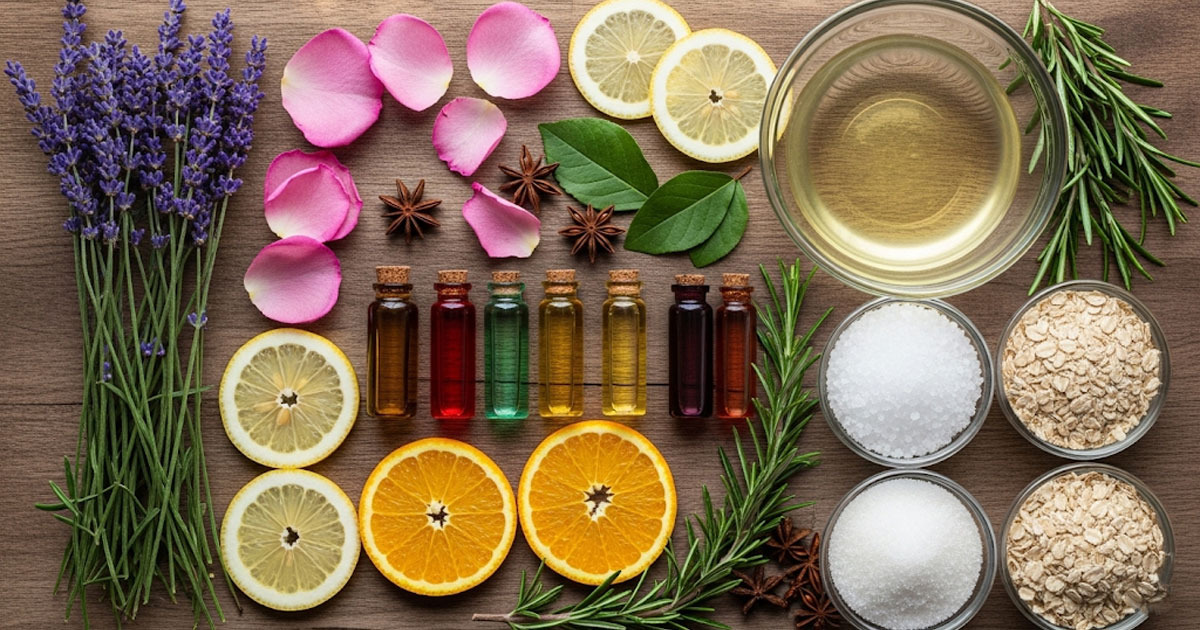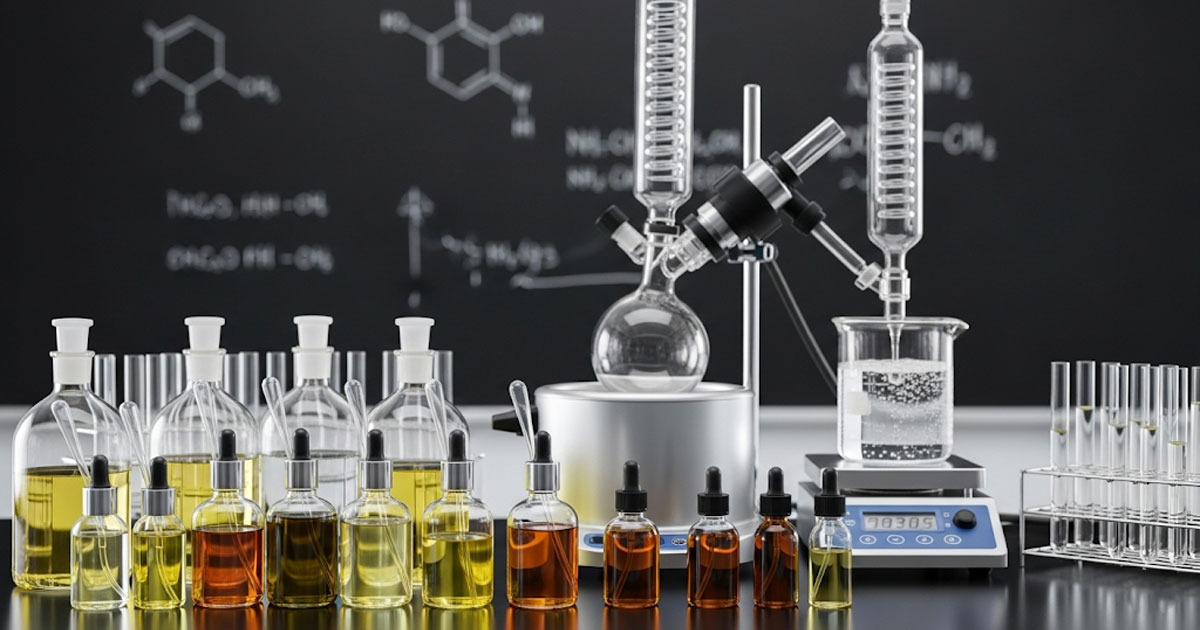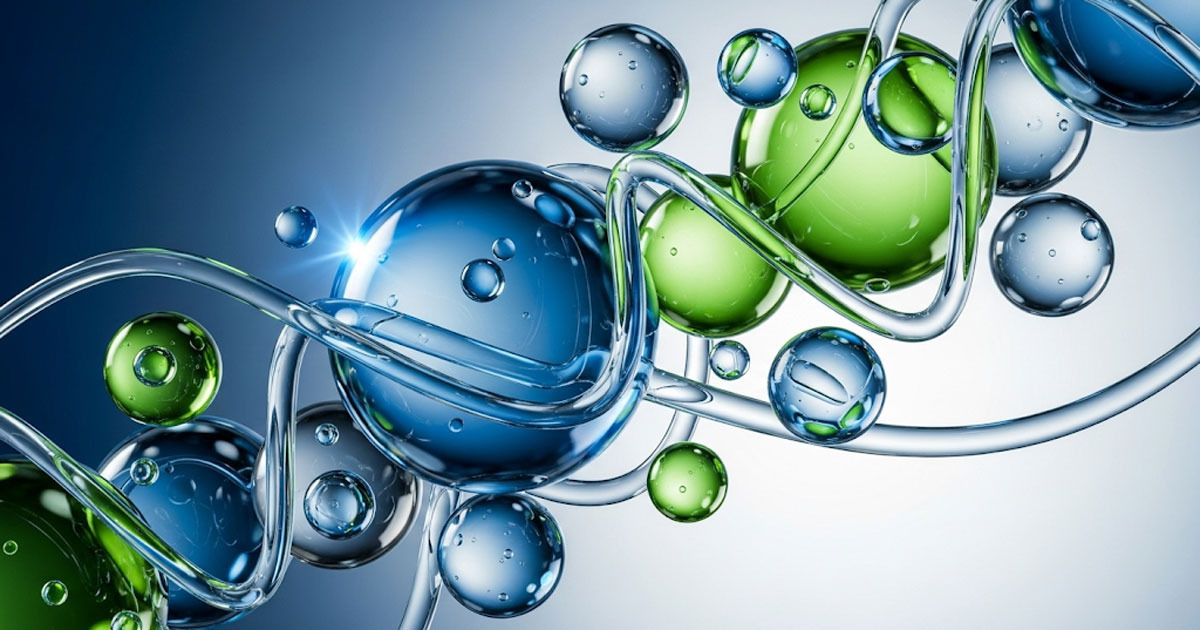The Rising Demand for Natural Lipcare
In today’s clean beauty movement, consumer demand for naturally derived lipcare ingredients has reached an all-time high. Customers are increasingly conscious of what they apply to their skin, especially on their lips, which are more permeable and vulnerable to dehydration.
This has prompted formulators to explore alternatives to synthetic emollients and waxes by turning to natural sources. Natural waxes and butters not only offer superior moisturization but also provide critical structure and sensorial richness.
These ingredients create a luxurious application experience while addressing both function and sustainability. They are key to balancing glide, adherence, and occlusivity three essential characteristics in effective lipcare.
Formulators must now go beyond aesthetics and performance; ingredient traceability, biodegradability, and skin compatibility are just as important. Natural waxes and butters meet these demands while offering a wide formulation palette that appeals to both premium and mass-market segments.
Key Natural Waxes in Lipcare
Beeswax: The Time-Tested Staple
Beeswax remains a gold standard in lipcare due to its emollient and film-forming properties. It imparts body and stability while creating a breathable barrier on the lips. Rich in fatty esters and hydrocarbons, beeswax is especially valued for its skin conditioning and water-repellent effects. Ethically sourced beeswax also aligns with eco-conscious branding.
Candelilla and Carnauba: Plant-Based Alternatives
For vegan formulations, candelilla and carnauba wax offer excellent hardness and gloss. Candelilla wax, derived from Euphorbia cerifera, is known for its smooth application and fast absorption.
Carnauba wax, harvested from the leaves of the Brazilian palm tree, enhances the melting point and stability of lip balms, especially in hot climates. Both plant-based waxes are highly compatible with oils and butters.
Rice Bran and Sunflower Wax: Emerging Functional Waxes
Lesser-known options like rice bran and sunflower wax are gaining traction due to their unique profiles. Rice bran wax offers excellent oil-binding capacity and helps improve stick integrity. Sunflower wax, rich in long-chain esters, contributes to a glossy, non-greasy finish. These specialty waxes allow formulators to fine-tune texture, rheology, and performance.
Nourishing Natural Butters
Shea Butter: Moisture Powerhouse
Extracted from the nut of the African shea tree, shea butter is a lipid-rich emollient prized for its high content of oleic and stearic acids. In lipcare, it delivers deep hydration and skin barrier reinforcement. It also contributes to a smooth, creamy feel and reduces transepidermal water loss (TEWL), making it ideal for dry or chapped lips.
Cocoa Butter: Sensory and Structural Balance
With its semi-solid consistency and pleasant chocolate aroma, cocoa butter is a sensory favorite in lipcare formulations. Its high melting point gives structure to balms and sticks, while its emollient profile improves elasticity and softness. Cocoa butter also contains antioxidants such as vitamin E, further enhancing its appeal in anti-aging lip products.
Mango and Murumuru Butter: Exotic Emollients
Mango butter, extracted from the mango seed, provides lightweight conditioning with excellent glide. Murumuru butter, sourced from the Amazon, is gaining popularity due to its unique fatty acid composition that closely mimics sebum. These exotic butters allow brands to offer differentiated sensorial profiles while maintaining natural origin claims.
Formulation Synergy and Challenges
Creating the Ideal Lipcare Matrix
The real artistry lies in blending waxes and butters to achieve the desired consistency, payoff, and sensorial experience. Hard waxes like carnauba provide structure, while softer butters like shea add creaminess. Fine-tuning the ratios ensures the product maintains integrity in various temperatures and does not feel greasy or waxy on the lips.
Stability, Compatibility, and Regulatory Considerations
Natural ingredients can vary by harvest and geography, making stability testing essential. Some butters may crystallize or separate over time, requiring emulsifiers or stabilizers. Compatibility with actives (e.g., vitamin C or SPF) must also be tested to prevent degradation.
Additionally, formulators must ensure compliance with international cosmetic regulations, especially for products with global distribution.




